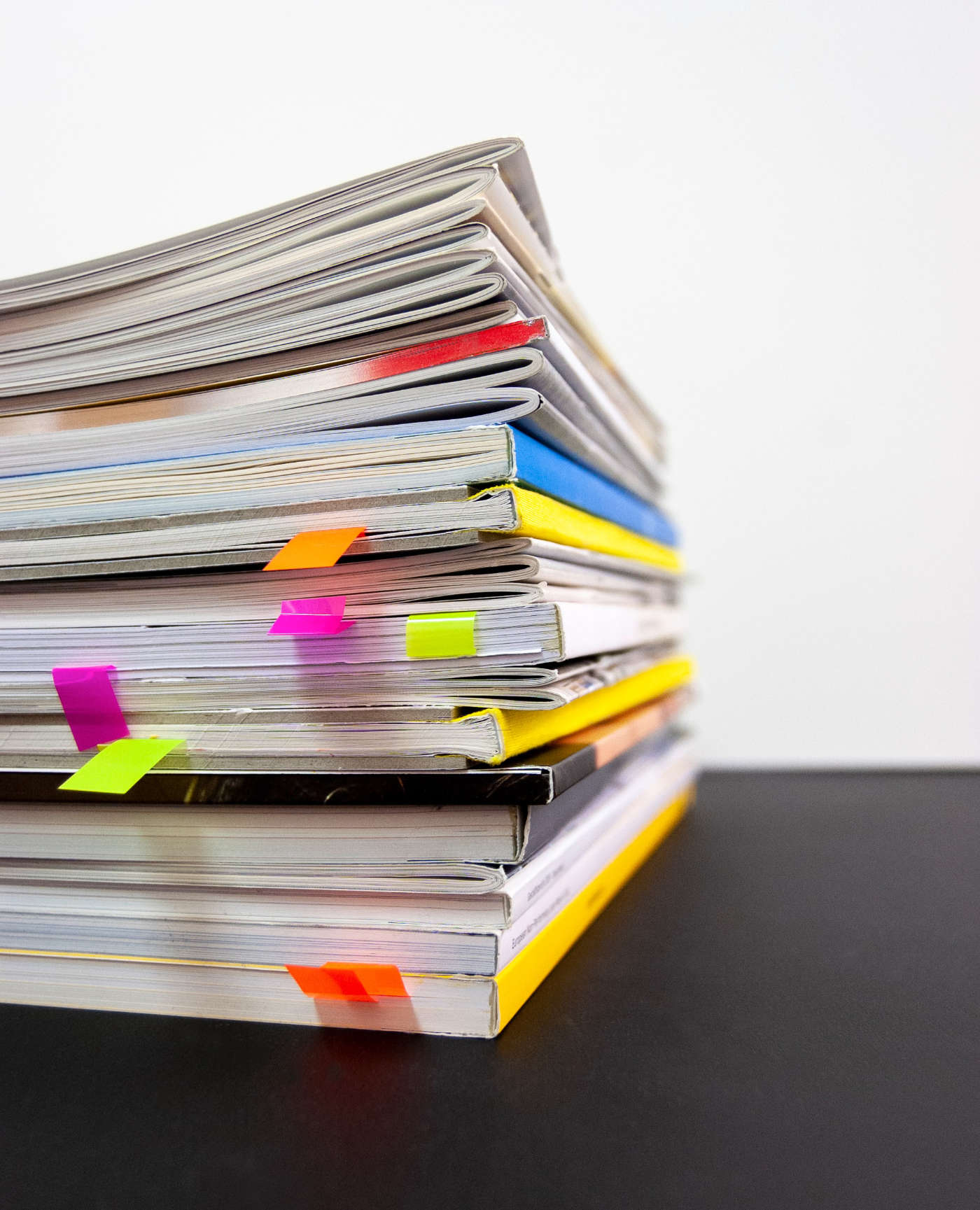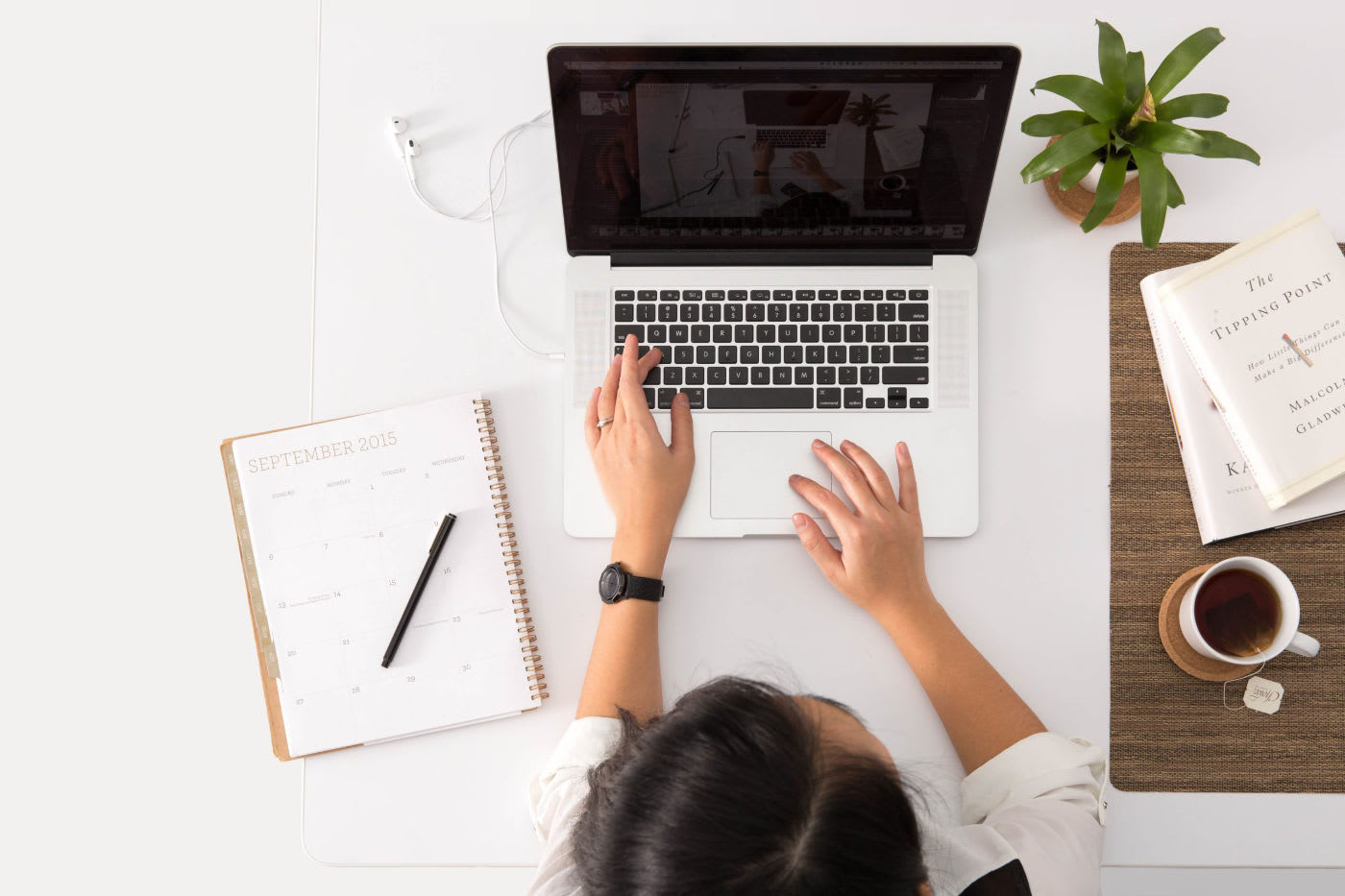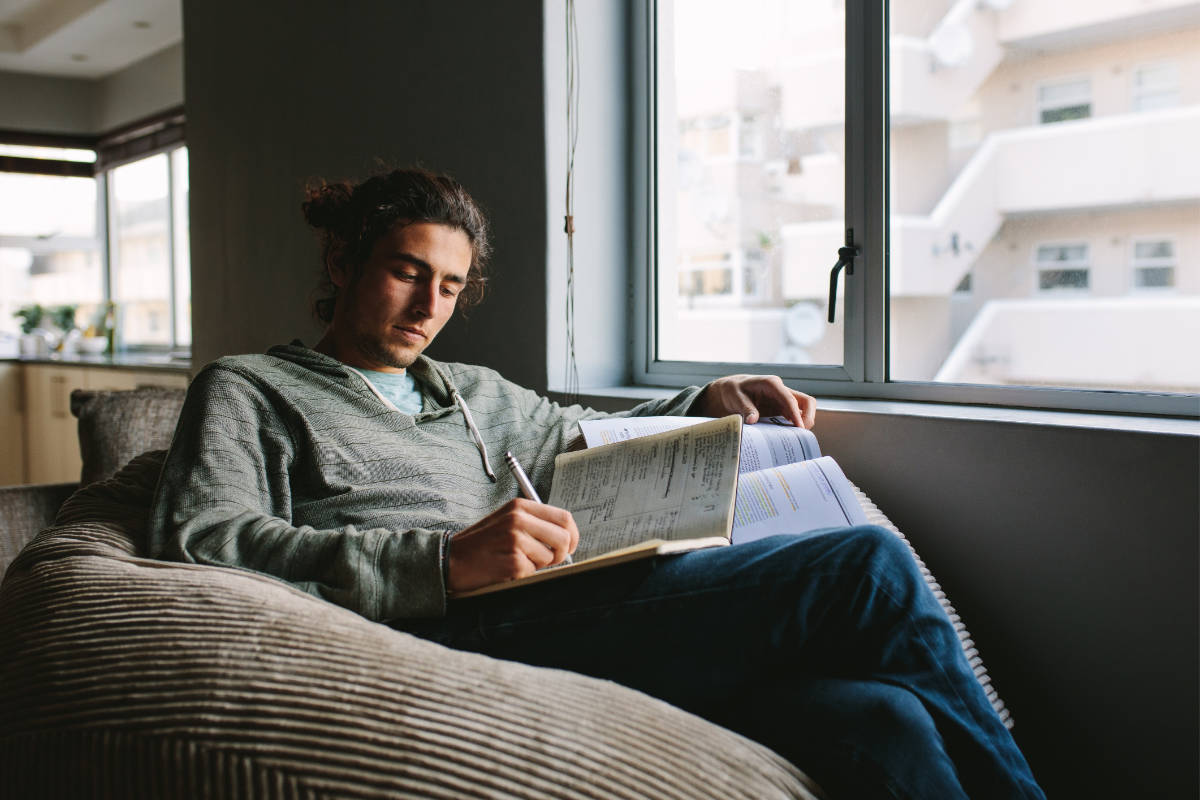
How do you study effectively when you need to learn a large chunk of material, such as a history course in high school or one or more books for an entrance exam?
There are two ways to understand and learn large entities: either you first understand the elements that make up the whole or you first outline the whole and then delve into learning the details. Which is the better approach? You guessed right, the latter. Oddly enough, the vast majority of students and learners follow the first approach.
Applied, for example, to study a high school history course from parts to wholes would mean going through the chapters in order as they come up in class. At the end of the course, before the exam, the whole is reviewed and an overall picture is formed.
From the whole to the parts would mean taking a general look at the whole course and familiarizing oneself with the topics before delving into any of them in more detail. This can be done, for example, by browsing through the textbook at the heading level and/or by making a timeline or mind map of the topics.
In this way, a loose structure is formed in the brain beforehand, which helps link individual facts and organize the information into a whole.
Think of learning as building a jigsaw puzzle
The method is well illustrated by imagining the construction of a jigsaw puzzle. One piece of the puzzle is a small part of the whole you are trying to learn. Your goal is to finish the puzzle, i.e., learn the whole chunk of material. The puzzle must be built one piece at a time, but it is much easier if you look at the model first and keep it on display as you work.
Similarly, arranging the pieces and starting at the corners and edges makes it much easier. Also, you are less likely to hit the pieces in a random order. Each piece will complete the sections already built. When the jigsaw is finished, the individual pieces will already stand out as part of the picture, but only at the end will we be able to see the whole picture as complete.
The same principle applies to learning. By first sketching out the big picture and organizing your learning in advance through good planning, you have already taken the first and most important steps. You haven’t yet developed a real understanding of the whole material, but getting to know the material before you start studying makes it much easier to learn individual parts and connect the dots.
It’s worth pointing out that knowledge and understanding are different from memorization. You can do well in an exam either way, but only through understanding is the knowledge stored in long-term memory and can be applied in new situations. So even if you could do well in an exam by just memorizing all the individual parts of the whole material, true understanding can only be achieved by grasping the big picture and the connections between details.
A practical example
Let’s look at a practical example of how to promote understanding and learning with any material. In this example, we are talking about learning from written materials, but this can also be applied to other types of materials.
- Start with the largest whole. For example, if you have to study one book during a course or for an exam, this book is the largest whole. If you are reading a single article for a lecture, for example, this is the largest unit.
- Go through the whole book so that you spend about 10 minutes. The best way to do this is to study the table of contents. At the same time, try to **explain the topic in your head and come up with questions and theories about it.
- Spend another 10 minutes browsing through the material by reading just the headings and possibly looking at the pictures**. At this point there will be a lot of things that are unclear, but that’s OK.
- Use another 10 minutes to write on a piece of paper, for example in bullet points, how you are going to study the topic and which topics in particular need work. You’ve now spent half an hour studying the topic, but you’re guaranteed to get this time back in terms of efficiency as you move on to the details.
- When studying a single piece or a smaller whole, work in exactly the same way as you would with a larger whole. Now you don’t have to spend so much time. In addition to reading the headings, read the first sentence of each paragraph.
Find out more about the different study techniques in our several lessons on the subject.
Thanks for reading and have fun learning!




